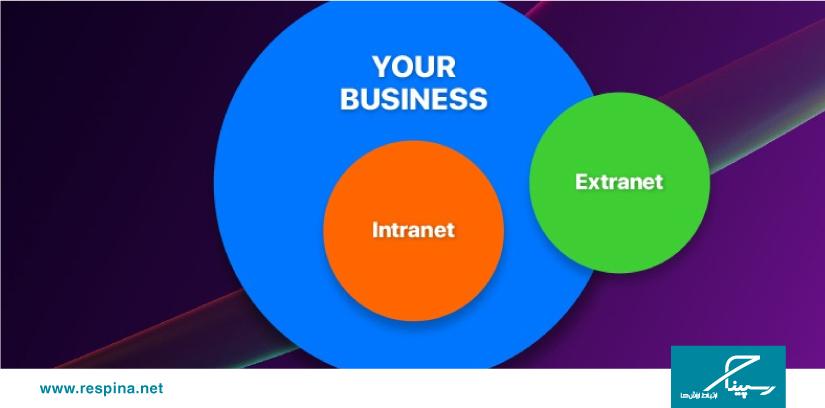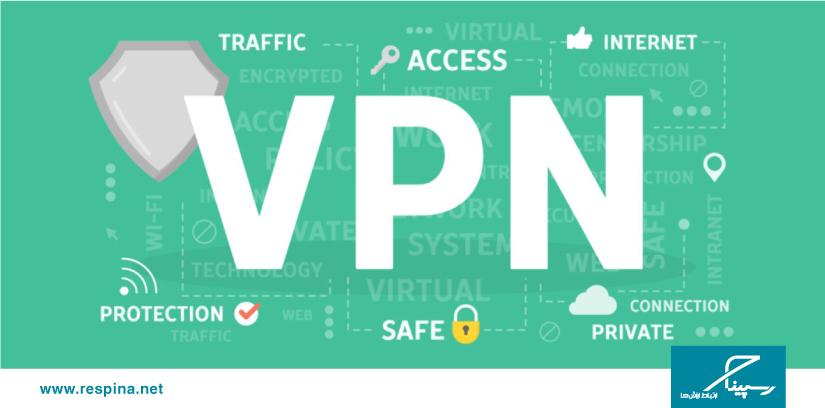What is Extranet network and what is its difference with Intranet?
Extranet is a private network designed to allow customers, vendors, suppliers, business partners, etc. to connect with the organization and its employees, and access a subset of information in a closed virtual space. To better understand the extranet, it is best to break this word down into its components:
The term Extra refers to anything that is vital to your business but is present outside the organization, such as customers, vendors, and suppliers. The word net also refers to the concept of network. The extranet network plays a very important role for the organization, as it enables communication, cooperation, data exchange, transfer of documents and information between companies privately.
There are different uses for extranets. For example, large amounts of data can be transferred through this network between organizations that work together, and collaborations can be established between them. This application is especially useful for companies that need to exchange ideas with their customers and can replace the use of email and phone for them and save a lot of time.
The use of the word extranet backs to the 1990s and early 2000s, when various industries via the web allowed authorized members of a specific work group that was either geographically distant from each other or separate teams working together to carry out a project. The main sources shared their information, began to use the word extranet. For example, in the construction industry, project teams can access project extras to share plans, drawings, images, and documents, as well as to use online applications to comment, manage, and report on related files.
To examine the difference between an extranet and an intranet, it is best to recall the concept of an intranet. As mentioned earlier, an intranet includes a secure, private network designed to facilitate collaboration and easier communication for data and information sharing. Organizations use intranets for a variety of reasons: Intranets manage day-to-day activities more easily and efficiently (as is the case with extranets), organize people and data, improve internal communication, and increase employee interaction. It is also very effective for employees who work remotely because it establishes the ability to work with other people in the organization just like being in a real office. As organizations become more decentralized, the importance of using an intranet increases.
The main difference between the two networks is that the intranet is mainly used internally. In other words, while the extranet allows organizations to communicate with customers and vendors, the intranet allows employees and colleagues to communicate with each other in a virtual space and no organization or individual outside the organization is involved. An installed intranet is usually only accessible from within the organization itself and through internal servers, while an extranet network is accessible through a secure web-based area for external collaboration.
In addition to the differences in terms of web access, the other difference in terms of technical structure is that access to an enterprise intranet is provided by the system administrator, which is responsible for managing permissions to access internal servers. While access to the extranet or client portal is generally restricted to external users and is possible through a virtual private network (VPN).
Have you had experience using your organization’s extranet alongside your intranet? What are the benefits of using this network for you?















دیدگاهتان را بنویسید
برای نوشتن دیدگاه باید وارد بشوید.